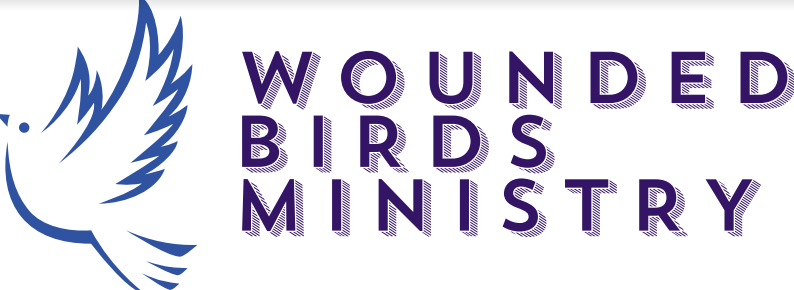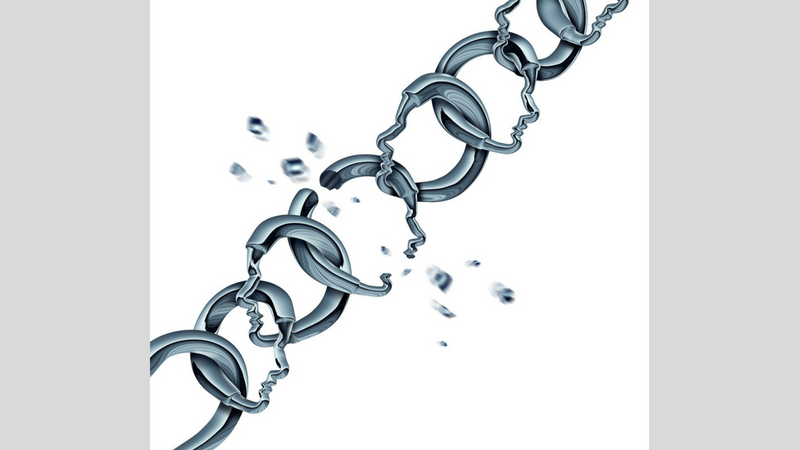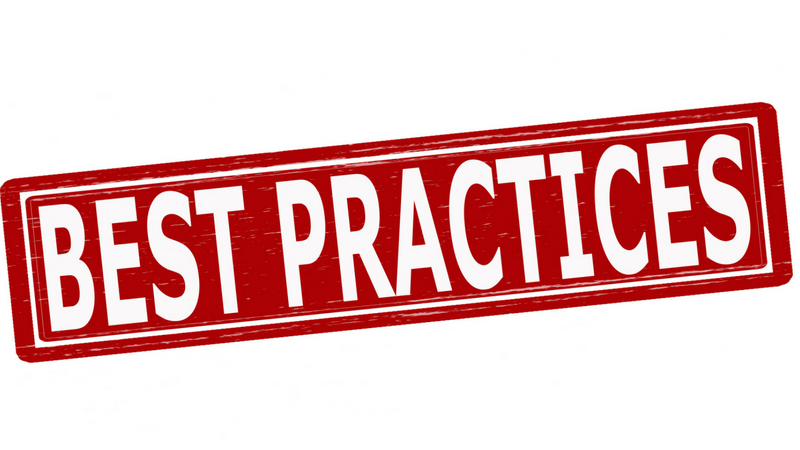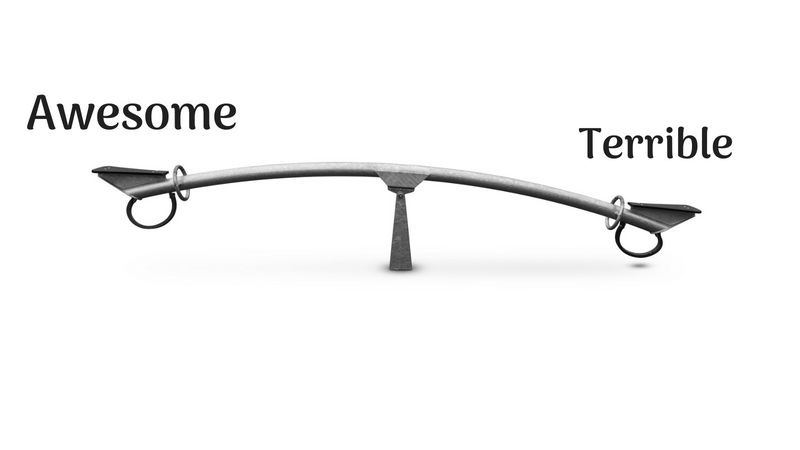The Importance of Routines to Our Mental Health
Routines—we all have them. Some of these routines are intentional – such as the bedtime routine – and others are ones we fall into. Routines are important for all of us; they create predictability and provide comfort.
For those of us with mental illness, however, our natural instinct is often to rebel against the idea of a routine, often because we want to be like “normal” people. For those who want to stay on the path to recovery, a routine can be an excellent tool to help normalize and stabilize ourselves.
As we look at establishing healthy routines, we’ll provide a list of five steps to help us identify and tweak existing routines, and to build new ones.
At this point, you may be saying, “I don’t like routines. Routines make me feel stifled and boring.” Or you may be saying, “Routines take too much energy.” Not many people embrace their routines or understand the comfort that they bring until we attempt to change or break them.
Even for those of us who hate the idea of a routine (and I’ll raise my hand on this one!), most of us have routines that we don’t even recognize built into our days.
A good example of an “accidental” or “hidden” routine is one I discovered when I went sugar-free for six weeks. Most days, I did housework or spent some time knitting after lunch, and then would make a quick Starbucks run before I picked up my daughter from school. My drug of choice? The Mocha Frappuccino. Did it feel like a routine? Absolutely not. I didn’t go on weekends. And on days when we had something planned, I didn’t go.
So imagine my surprise when I went sugar-free and suddenly I found myself with a deep urge to go to Starbucks. Somewhere along the line, it became a routine and I hadn’t noticed.
The truth is that routines have value in our lives. They bring predictability and comfort, and that’s especially important when we are on the path to recovery.
Not all our routines are healthy ones, unfortunately. It can be easy to fall into them. That’s why it’s important for us to identify our routines, evaluate them, and make the changes we want to make. As we do this, we’ll walk through five simple steps along the way.
Step 1: Identify Existing Routines
Let’s start with taking a good look at our days. Do you have a morning routine? Hitting the snooze button a couple times before you wake up? Brushing your teeth, doing your hair, and then getting the kids up? Make a daily Starbucks routine? Hang out on your phone for two hours after bedtime? Or do you sleep in every Saturday? Run to the bookstore on the first Monday of every month?
Write it down; write it all down. Done? Good. Let’s move on.
Step 2: Evaluate
Now, we’re going to make our way down the list and identify which of these routines we want to keep, which we want to change, and which we want to replace. (That’s right – replace, not remove. More on that in Step 4.) For now, though, we’re just going to make our way through the list.
As we go through, we’re not going to apply any judgment. My Frappuccino habit? One I wanted to change. Is it bad? Not necessarily. I know that mine may seem less “bad” than yours, but just know that I’m not sharing all my routines with you.
Step 3: Mind the Gap
Now that we’ve identified our existing routines and done a thorough evaluation, think your way through your days, your weeks, and your months, and identify if there’s a routine you want to put in.
In my case, I realized that I had no routine for things to do once I dropped my daughter off at school; it left me feeling a little lost and I ended up running out to stores, eating, or doing nothing instead. Then I felt guilty for not staying on top of laundry or cleaning the house. I chose to put in a morning routine: every morning, I do one hour of housework. No more, no less. In fact, I’m only “allowed” to do one hour of housework every day. (I find it encourages me to hustle and just get it done; I’m surprisingly productive during that hour.) Now I know what to do when I get home, I don’t have any guilt, and the house looks better.
Take a couple moments to think: What gaps do you have?
Write them down.
Step 4: Don’t Overachieve
We’re going to institute two rules are this point (although I will point out that there are no “routine police” who will come along and ticket you for breaking the rules):
- Don’t overachieve
- Don’t remove, replace
Seriously, there are no brownie points for “fixing” everything all at once, and if you’re human (and last I checked, everyone reading this is human…), tackling it all now will only overwhelm you and bring on defeatist thoughts and emotions (“I never finish what I start;” “there’s no point in even trying; I never follow through”).
We’re going to start by only picking one routine – pick any one that you want to focus on. From here, we’re not even going to change or put in the entire routine; we’re just going to focus on a single element.
For example, if I wanted to create a new morning routine for myself (get home, eat breakfast, wash the dishes, start the dishwasher, start the laundry, vacuum one room), I’m not going to start by doing everything on that list. (Heck, I’m overwhelmed just looking at that!). Instead, I’m just going to focus on eating breakfast when I get home. That’s it. The dishes will get cleaned at some point, I’ll get to a point when I vacuum, but for today – and the next couple weeks – just eating breakfast every day will be enough of a change.
Step 5: Don’t Remove; Replace
If we’re changing or removing a routine, we’re still going to go slow, and we’re going to take an approach that may feel odd to you: We’re not going to simply stop doing something.
I may decide I want to change my morning routine, which currently looks like: spend every morning making a Starbucks run, followed by reading for an hour or two, and then watching soaps for the next hour or so.
Let’s start with what I want to take out: I want to save money, so the Starbucks run “needs” to go. I enjoy the reading, but I don’t want to read that long. And the soaps? I feel guilty that I even turn the tv on, let alone that I am watching what some may consider “trashy” tv (they may think so, but we know that we don’t use judgments! If you enjoy watching soaps, go for it. Confession: Mine was always “The Young & the Restless”).
Looking at this, we essentially want to remove the entire morning routine, and we may have marked it down as such. Instead of removing it, though, we’re going to replace it. And since we’re not overachievers, we’re not going to replace it all today, though.
Instead, we’re just going to pick one piece. Let’s go with the Starbucks run – it’s an easy “win” for us. Rather than go to Starbucks every day, what can you replace it with? If we have a coffee pot, let’s just make some coffee in the morning. Maybe I buy the “special” creamer from the grocery store, so it’s almost like having a vanilla latte. Instead of stopping this bit of my routine altogether, I just change it.
As we get comfortable and confident making these changes, we can start to look at the next bit of this routine. (Or perhaps we decide to change one piece of another routine – remember, there are no “routine police” here!)
However you decide you want to approach the routines in your life, I hope you decide to take it slow and keep the changes as simple as possible. What you’re doing is not easy; these routines exist for a reason, and you’ve lived with them for a long time.
While there are no “routine police,” these tips are proven for their effectiveness. Have patience with yourself; you may slip when you first get started. The good news is that the longer you stay at it, the easier it gets. And the more we put solid, healthy routines in place, the easier it is for us to stay stable and in remission. For me, that’s worth the effort.
What is one routine you’ve built or changed? I’d love to hear it in the comments below!
To learn about Thinking Distortions and how to rewrite the automatic tape in our heads, check out this blog post and the video we’ve created!
Looking for daily inspiration and community? Join our warm and supportive Facebook group!









